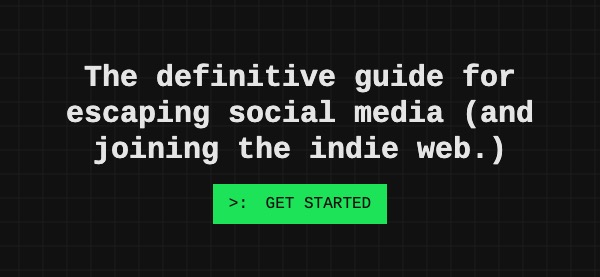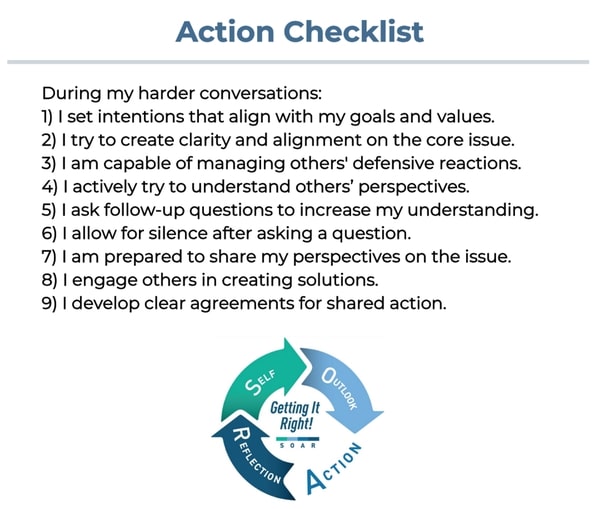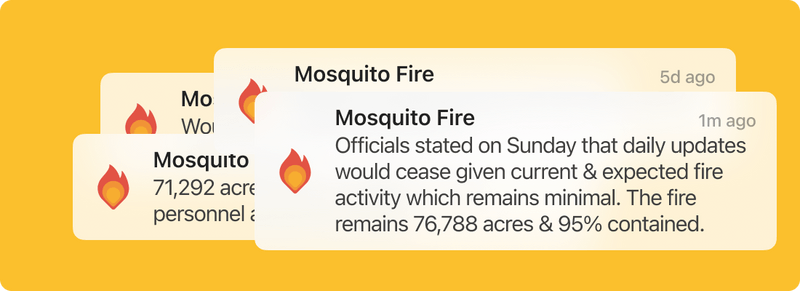🗃️ You’re viewing an archived issue of our newsletter, The Pipette. View all issues.
Watch Duty app shines in LA fires, virtual tarpits trap AI, & how to delete Facebook, Instagram, X
Feb, 2025
$.00 PER COPY
👋 This is The Pipette – a monthly newsletter for product builders with links so good their ideas warrant a reply, a forward, or even a discussion in real life.
The final step in Watch Duty’s 6-point process is to have reporters monitor incidents and provide timely updates.
- Business – During the recent LA wildfires, Watch Duty (a non-profit app and website) delivered real-time updates to millions, proving crucial for victims while maintaining perfect uptime despite surge usage. Their operations are equally impressive – according to their 2024 annual report, over 70% of their budget goes to personnel, and just $0.34 covers a user’s data access for an entire year.
P.S. They have volunteer positions available if you’re in product or tech (especially software engineering). It’s a chance to work on meaningful, real-world challenges while supporting a crucial cause. - Technology – “Calm technology” devices are engineered to provide a distraction-free experience, a welcome departure from the attention-grabbing tactics that big-box smartphones and others employ. A new calm tech certification measures devices against 81 guidelines and could be a differentiator for companies looking to attract more mindful consumers. The first batch of certified devices was announced in the second half of 2024 and included an e-ink reader, a minimal, smart home interface, and a dongle that locks apps until it’s moved close to your phone.
- Social Media – There are long-standing and recent reasons to want to leave mainstream social media platforms. If you’re considering it or are curious about returning to the fun parts of online communities, check out this interactive guide to “unplatforming.” It covers how to take back ownership of your content and craft an online experience focused on the reasons you joined social media platforms in the first place. P.S. If you liked the guide and/or indie web content, the author has a newsletter dedicated to indie web hidden gems.

- Design – An interview with web designer & type advisor Donny Trương (part of a series called People & Blogs) covers the habits that helped him blog for over two decades, WordPress’ future, and his minimal approach to coding. He also wrote a free web typography book worth a read.
- Leadership – Learning how to manage and lead oneself effectively is a crucial first step before being able to lead others. An executive coach developed a self-leadership framework called S.O.A.R. to help us understand our motivations and core beliefs, observe new information, take strategic steps, and create room to reflect on our experiences. S.O.A.R also pairs well (and partially overlaps) with Manual of Me – a framework to share some of your insights with others to create more meaningful and functional working relationships.

- Artificial Intelligence – The U.S. copyright office stated that AI-generated content can be copyrighted if a human contributed significantly to the result. It details a few scenarios in which a work qualifies, mainly when AI is used as a step in the creative process but not the final output. The office also states that prompts are not copyrightable and views them as instructions. So, a novel or video generated by a prompt alone would not meet the human input criteria.
- Engineering – In an effort to slow down or prevent AI crawlers from scraping their sites, some programmers have developed virtual tarpits. The software keeps crawlers stuck by generating self-referencing links and wastes AI companies’ computing resources. Some have criticized tarpits as a defense mechanism, arguing that sophisticated crawlers can easily skirt them. Regardless, it’s another step in the wave of resistance to AI, like data poisoning techniques used by artists to protect their work. 💻 Curious about the code behind these tools? Check out the technical docs for Nepenthes and Iocaine, two of the more popular tarpits.
